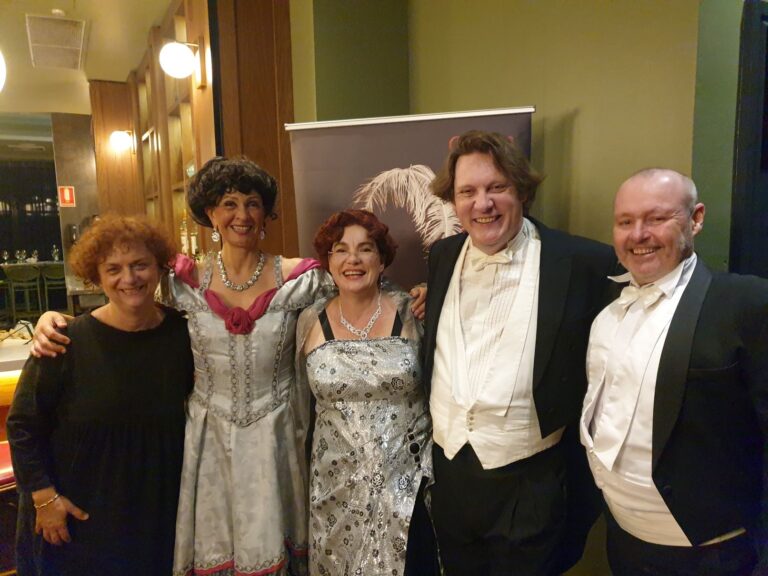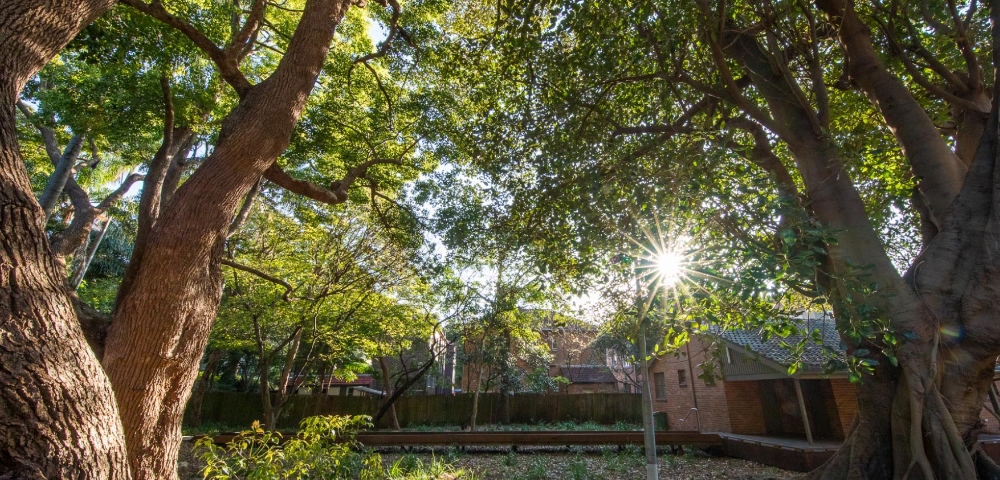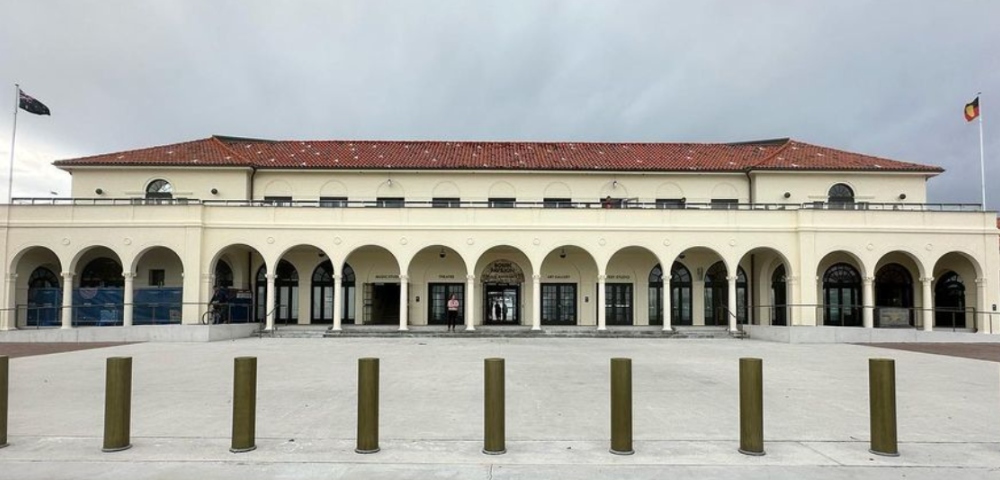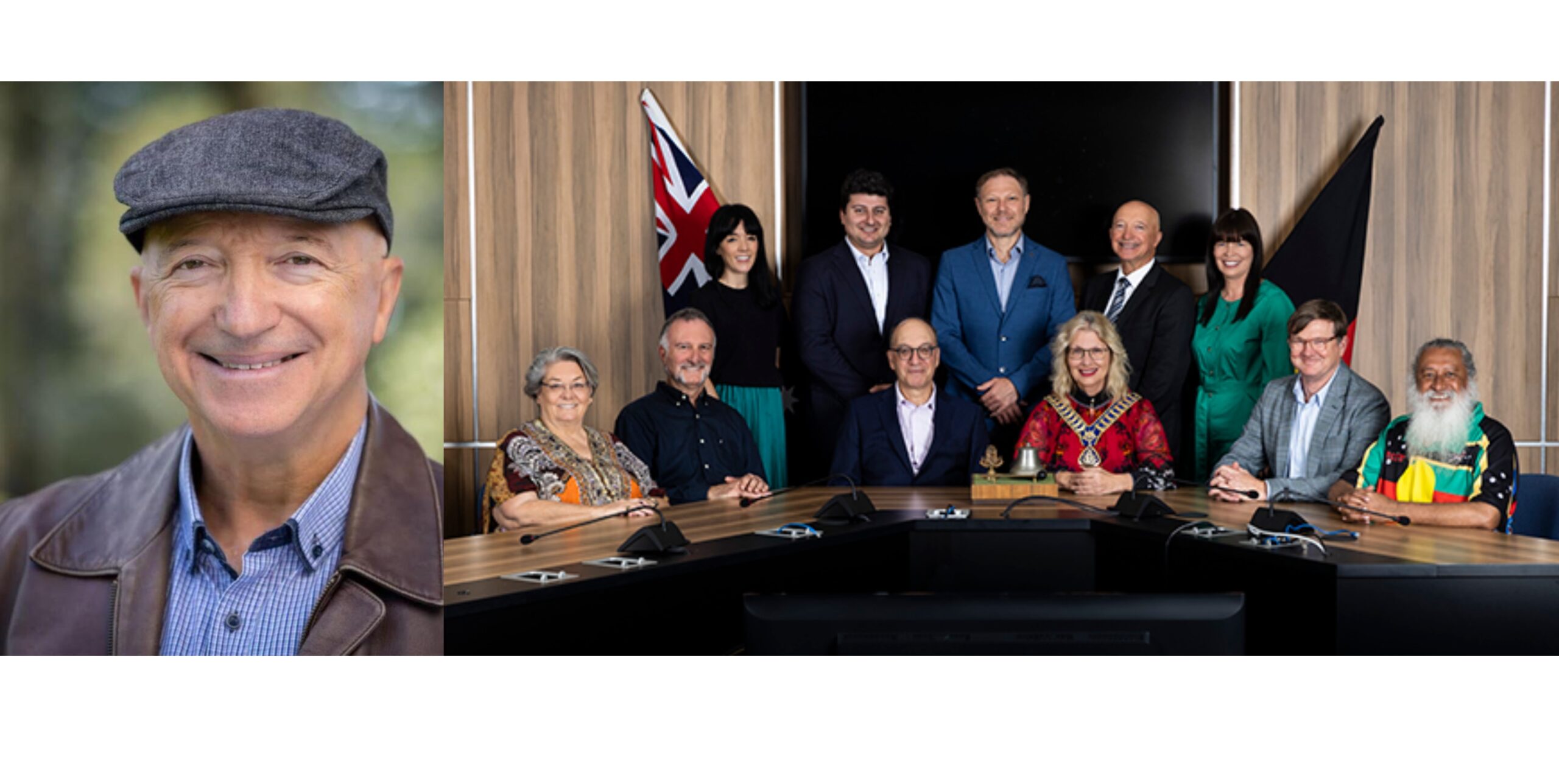
The five families of Bronte House
BY PETER McCALLUM
One of Waverley’s most iconic buildings is Bronte House, and five families have ensured the house and nearby park survived for the public’s enjoyment.
Colonial architect, William Mortimer Lewis, recognised the natural beauty of the vista paying £200 to buy 42 acres in the late 1830s, taking in most of Bronte valley.
Construction began but stopped after the foundations, fencing and driveways. With the remote colony heading into a depression in 1841, the house was sold over his head.
The buyer was Robert Lowe, a law tutor from Oxford University. An albino with little eyesight, he was told he would be blind within seven years so he vowed to make as much money as possible until then. Sydney was a lucrative field for a young lawyer, and he prospered. Being of aristocratic lineage certainly helped.
As soon as he had enough money he started building, using Lewis’ foundations and plans. The design proved perfect for the site, with handsome porches taking in the coastal vista to the east and a pleasant garden to the west. The Lowes left on schedule in January, 1850.
The house and land were bought and sold a number of times. An attempt was made to subdivide the estate in 1887 but four acres were kept with the house and acquired by retired banker, Stanley Ebsworth. Generations later, Austin Ebsworth sacrificed gains from the site’s development potential and lobbied to put it into public ownership. It took over a decade but it eventually went to Waverley Council in 1948.
After significant restorative work, the council decided to lease the house with restoration as a condition of the lease. The first lessee, from England, achieved little and is best forgotten.
The second, Carole Muller, despite family difficulties, joined forces with friends from the Salmon and Charles families and did their best to make up for earlier delays, spending money on the house using quality materials. Open days, a condition of the lease, resumed and the public was delighted with nearly the entire house opened as a true-to-period living museum of the mid 1800s.
The next tenant was Leo Schofield who eagerly set about restorations with renewed focus on the garden. Leo’s inspiration captured the public imagination and his Open Days became major local events.
Bronte House is now one of Sydney’s foremost historic houses and one of the few to be lived in yet periodically publicly accessible.
The current lessees, the Handbury family, continue the work and philosophy of Leo Schofield and the house and grounds, wonderfully managed, are regularly open to the public.
A successor to the hapless colonial architect whose vision brought us Bronte House bears the title of Government Architect and today lives happily on the upper slopes of the estate where the Lowes’ market garden once stood!
We acknowledge the recent exhibition hosted by Local Studies Librarian, Kimberly O’Sullivan-Steward on The Garden at Bronte by Leo Schofield, and Bronte House and Robert Lowe by Judge G.B. Thomas (published by Waverley Historical Society).
Eleanor Raftery will speak on ‘Civic Pride in Waverley’ on Monday, October 13 at 4 pm on the 1st floor of Club Bondi Junction in Gray Street.









